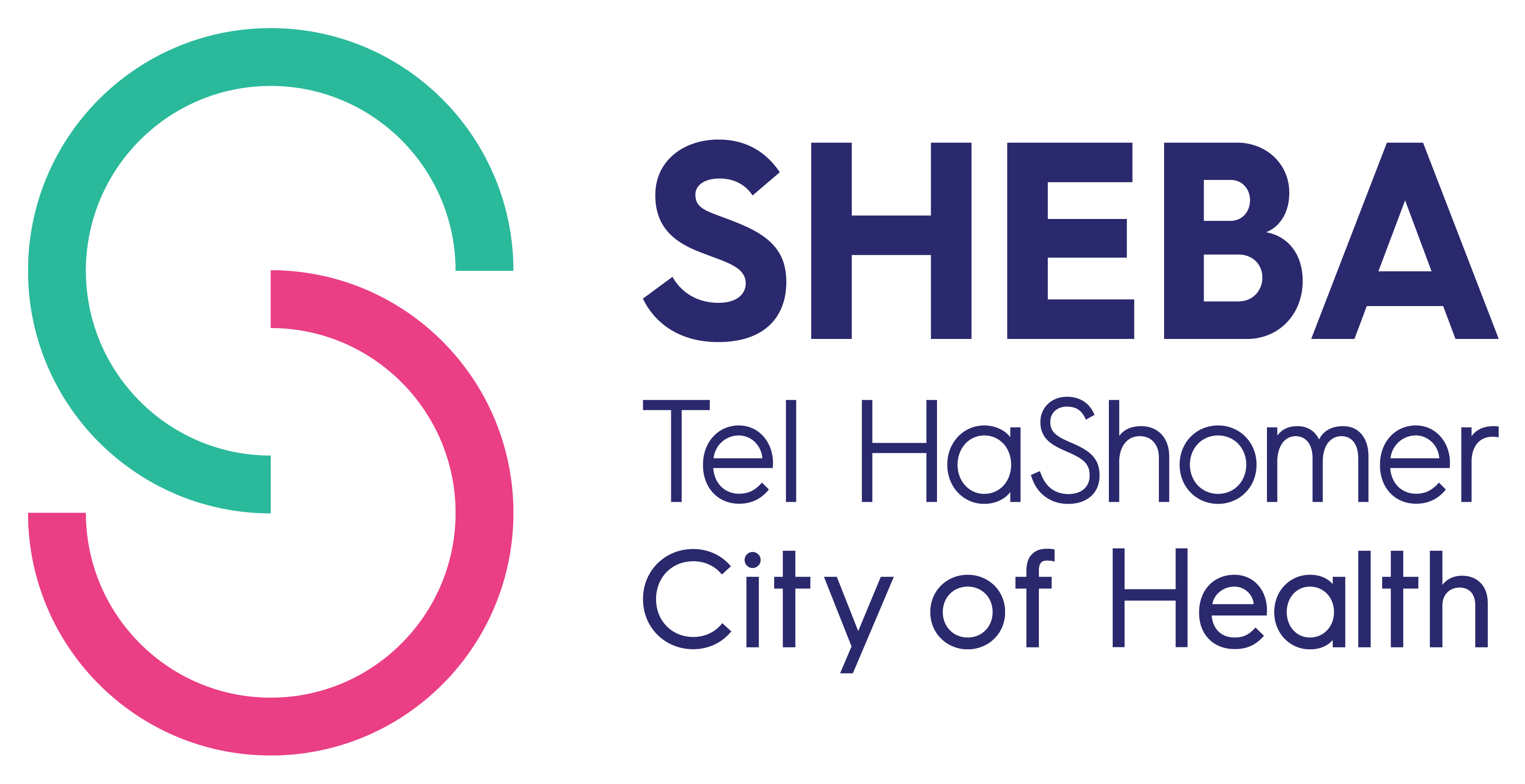Clinical Research and Development
Introduction
In the past decades the increasing knowledge in cellular immunology and tumor-host immune interactions, led to the development of immunotherapy approaches. Immunotherapy, based on Adoptive Cell Transfer (ACT) of ex vivo activated and expanded immune effector cells, has shown promising clinical results in patients with malignant diseases.
The Ella Institute offers a clinical study were large amounts of autologous Tumor-Infiltrating Lymphocytes (TIL) are administered to immune-depleted patients with refractory metastatic melanoma. This therapy achieves very high clinical response rates which cannot be accomplished with any other approved technology to date.
Today adoptive TIL therapy serves as a platform for a wide range of research projects, which mainly seek the understanding and improvement of immunotherapy for melanoma patients.
Research projects:
- Developed in collaboration with the NCI the "Young-TIL" protocol. This protocol enables the treatment of fare more melanoma patients and is less complex than the previous TIL protocols. The "Young-TIL" approach has become the standard treatment in our institute and shows even a higher clinical response rate as previous methods. (Besser MJ, et al.J Immunother. 32:415-23, 2009 and Besser MJ, et al. Clin Cancer Res. 2010. 16:2646-55)
- Improvement of the TIL protocol also in technical aspects is a constant field of research in our laboratories. We examined the influence of various IL-2 concentrations on critical T cell functions (Besser MJ et al, Cytotherapy. 11:206-17, 2009), developed new methods for cell harvesting (Schallmach E et la, J Immunother. 31:563-8, 2008), established a standard protocol with will allow other cancer centers to adapt this technology (Itzhaki O et al, J Immunother. 2011. In Press) and work on the expansion of TIL in bioreactors.
- Predicting and controlling the reactivity of immune cell subpopulations. This work is based on a wide and complex subpopulation analysis of heterogeneous cell populations, such as TIL. Using a computerized model, we were able build a cluster with could predict immune reactivity and enabled use to easily manipulate the reactivity of cells (Oved K et al, Mol Syst Biol. 5:265, 2009). This model was proven feasible and is currently applied to our treated patients. Aim of the current work is to identify subpopulations which correlate to clinical responds and to understand the underlined mechanisms.
- Combination of antibodies and adoptive cell therapy: We are currently exploring the in vitro effect of anti CTLA-4 antibodies in addition to TIL therapy. CTLA-4 is an inhibitory molecule expressed in T cells. CTLA-4 prevents T cell activation and proliferation. Addition of anti-CTLA-4 to tumor reactive T cells could further increase their effectiveness.
- As we have gained experience in TIL isolation and expansion from melanoma tissues, we will try to apply this approach to other malignant diseases, such as ovarian cancer.
- "Vasculogenic mimicry" (VM) describes functional vascular channels composed by tumor cells and predicts poor prognosis in melanoma patients. We are testing agents which can inhibit this phenomenon.
- Less differentiated T cells were shown to be more efficient for obtaining positive clinical results. We are currently working on techniques which might inhibit cell differentiation during expansion.
- We have observed dramatically clinical effects on a melanoma patient treated exclusively with CD4+ T-Helper cells. This stands in contrast to our current knowledge regarding T-cells responses against tumors, where CD8+ or NK cells are considered the effecter arm. We have indications that the innate immune system might be involved the effective clinical response. This project will therefore focus on the effect and mechanism of T-helper cells in tumor immunology.
Taken together, the already established platform of adoptive immunotherapy and the availability of patient samples open the possibility to a very wide range of basic research, projects with clinically relevant applications and scientific collaborations.









